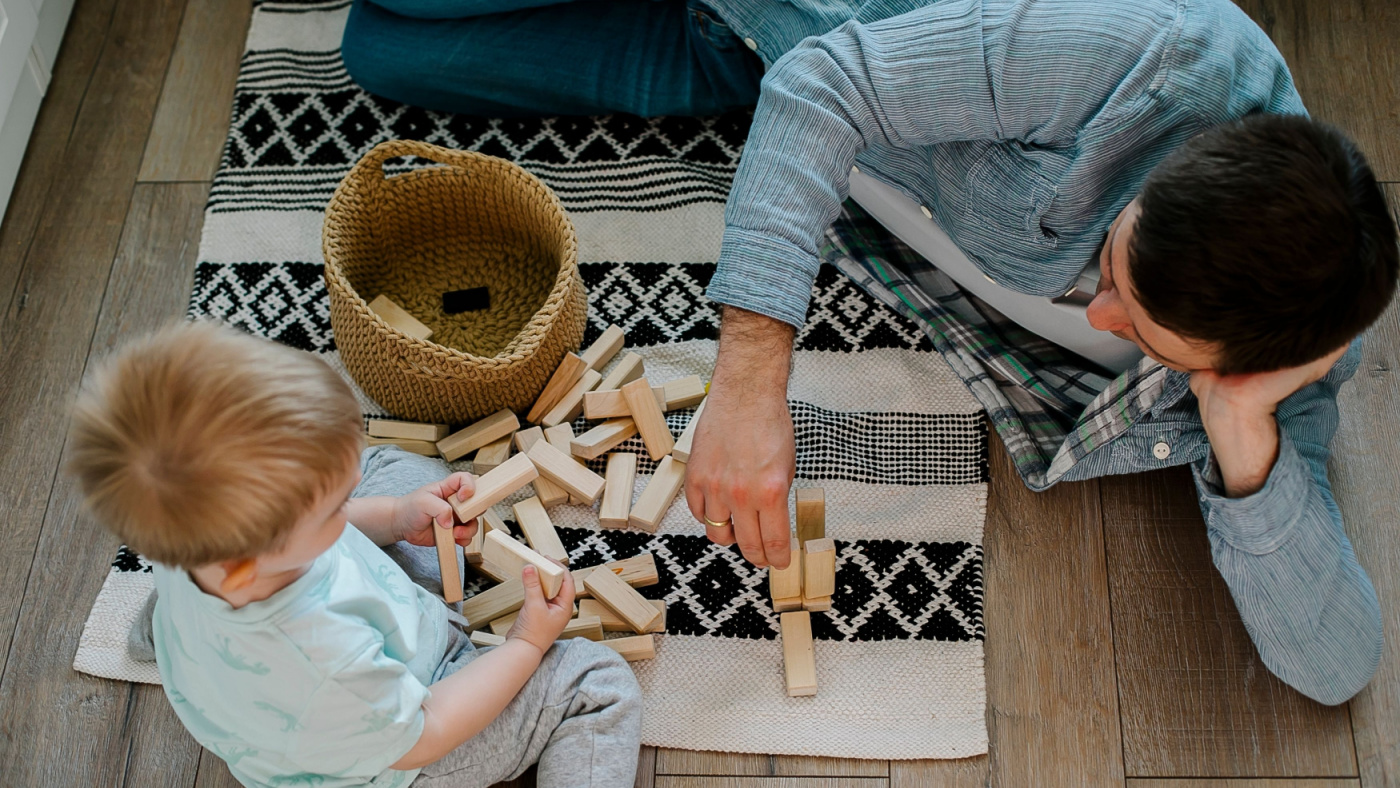Zero Waste week - how to reduce waste with children

If you’ve ever walked into a room full of plastic toys, it might seem at first glance like zero waste is almost incompatible with family life, but there are plenty of easy adaptations you can make that reduce waste and save you money at the same time. This Zero Waste week, we’re thinking about how to reduce waste without missing out on any fun!
“How do we have so many toys?”
If you’ve looked around your home and wondered how you already have so many toys (including perhaps lots that aren’t played with anymore), you might be ready for some zero waste play ideas.
As always, if you’re going to give your child anything to play with that isn’t a toy, check it’s safe for them and their current skills and be there to supervise their play.
Zero waste doesn’t mean zero toys
Lots of our ideas for play with your child use things that aren’t toys, but that doesn’t mean we’re saying children shouldn’t have any toys at all. And some people would say anything that is played with is a toy!
What we know is that your child doesn’t need hundreds of toys, what they need are good quality toys that they can use in different ways.
One of our favourite quotes about choosing toys is “The child should do 90% and the toy should do 10%”.
This means if your child is passively watching as a toy does all sorts of fun things, it isn’t really a good toy.
Truly good toys are interesting to hold and move, they can be used in different ways, and they'll last –they’re the kinds of toys your child will play with for years, then you’ll pass them on, and another child will play with them, and so on.
One step towards zero waste play is to take time to think about the toys you do decide to buy and ask how much your child is doing and how much the toy is. Is the toy something they can play with in different ways as their skills develop? Will it last?
These kinds of toys will often be things like wooden blocks, or the mirrored pebbles from our toy range, which are great for babies as they explore placing one thing on top of another but then can be used in lots of more complex ways as children’s imaginations grow.
Another way to reduce landfill from toys is to give clean and unbroken toys to family or friends with younger children, sell (and buy) toys second-hand or use a local toy library service, and see if any local groups or charity shops would be grateful for toy donations when you’re having a clear-out.
Can you play with the rubbish/recycling?
Before you put anything in the bin or recycling, ask yourself if your child could play with it. Make sure it’s clean and safe for them, but lots of things that we might throw away can be used for play.
Here are some ideas:
Plastic tubs and lids – these are great for filling and emptying, and for practising taking lids on and off.
Cardboard boxes – if they’re big enough, they can be a brilliant den or smaller boxes can be great for early scribbles.
Junk mail – letters and leaflets can be folded into new shapes, ripped up for collages, drawn on, used in posting games or turned into teddy bear capes.
Clothing
Another top tip for less waste is to look at local marketplace groups or search Vinted for second-hand clothes and costumes. Children grow so fast that their clothes often aren’t worn for long, so there are plenty of clothes in great condition at a fraction of the cost, which also creates less waste.
It’s also worth keeping this in mind for outfits for seasonal celebrations such as Halloween costumes or Christmas jumpers, which are often only worn once or twice.
More ideas
To celebrate Zero Waste week, we have new content every day on the My First Five Years app, from getting out into nature with your child to books to enjoy together, so head over to the App store or Google Play to start your free trial now:
For Apple My First Five Years on the App Store (apple.com)
For Android My First Five Years - Apps on Google Play
And don’t miss our podcast with Charlotte Howell-Jones from Parents for Future. You’ll hear how to inspire your child to enjoy nature and look after the planet in an age-appropriate way, easy, practical actions parents can take that can save money as well as the planet, and how to reassure your child if they suffer from climate anxiety www.podfollow.com/my-fist-five-years